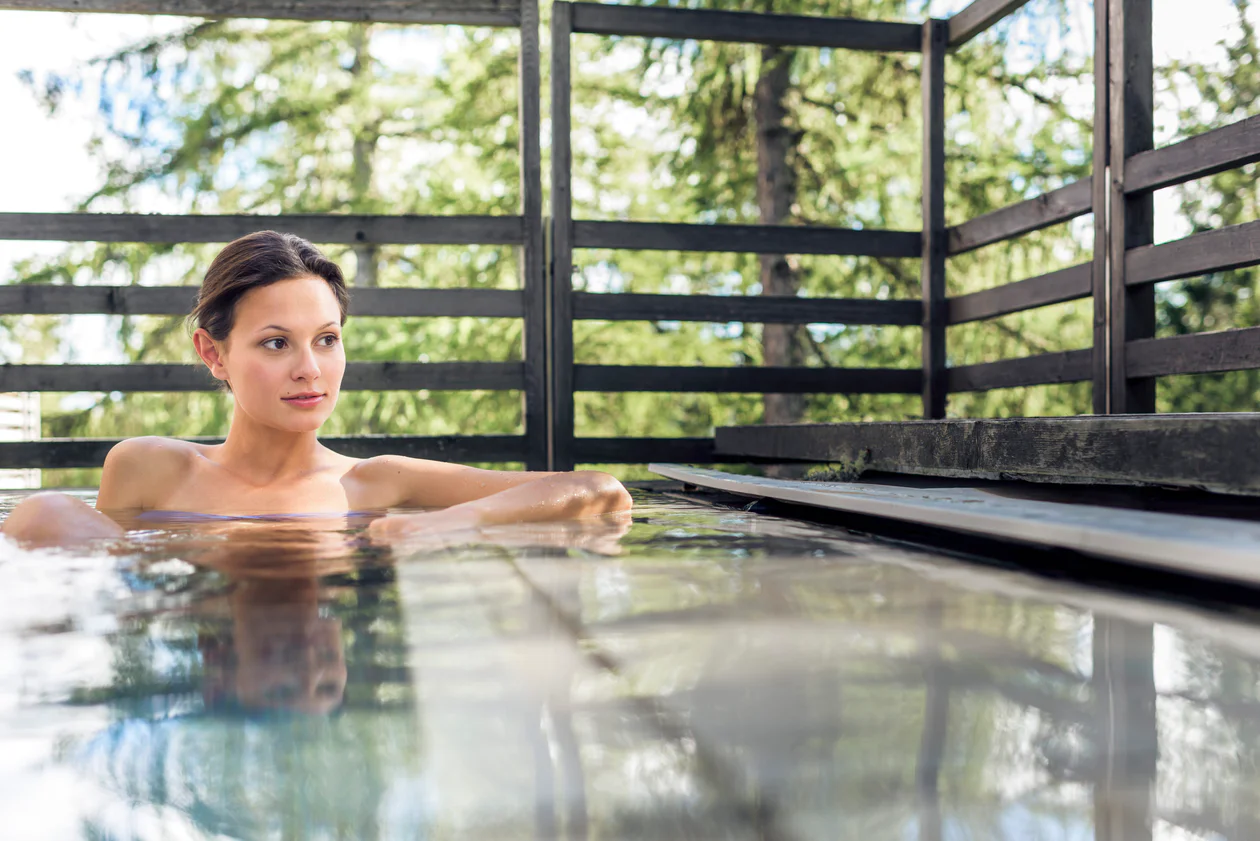Recognizing the estate as a self-contained microcosm with a diversity of plants and animals: that is what biodynamics professes, according to which the Lageder Estate Winery is oriented: “As an estate winery, we have set ourselves the goal of maintaining and expanding this complex ecosystem,” explains Lageder.
And a second goal is pursued in Magré: the palette of grape varieties of the Lageder Estate Winery ought to reflect the diversity in Alto Adige – as should the wines that are made from them. They are subdivided into classic grape varieties, compositions, and masterpieces. With the classic varieties, the product line ranges from Gewürztraminer to Lagrein to Schiava, while the components from the vineyard and the winery for the compositions are newly combined with each other each year. In that way, no vintage is similar to another.
The flagship of the Lageder Estate Winery is the masterpieces. “With these, we strive to perfect all of the aspects of winemaking,” says Lageder. Nothing less than perfection is therefore the goal. But within that context, Alois Lageder as both a lover and patron of the arts (the Löwengang Manor as the headquarters of the estate winery is an eloquent sign of this passion) is well aware that perfection is unattainable. But one can always try to get as close to it as possible.























